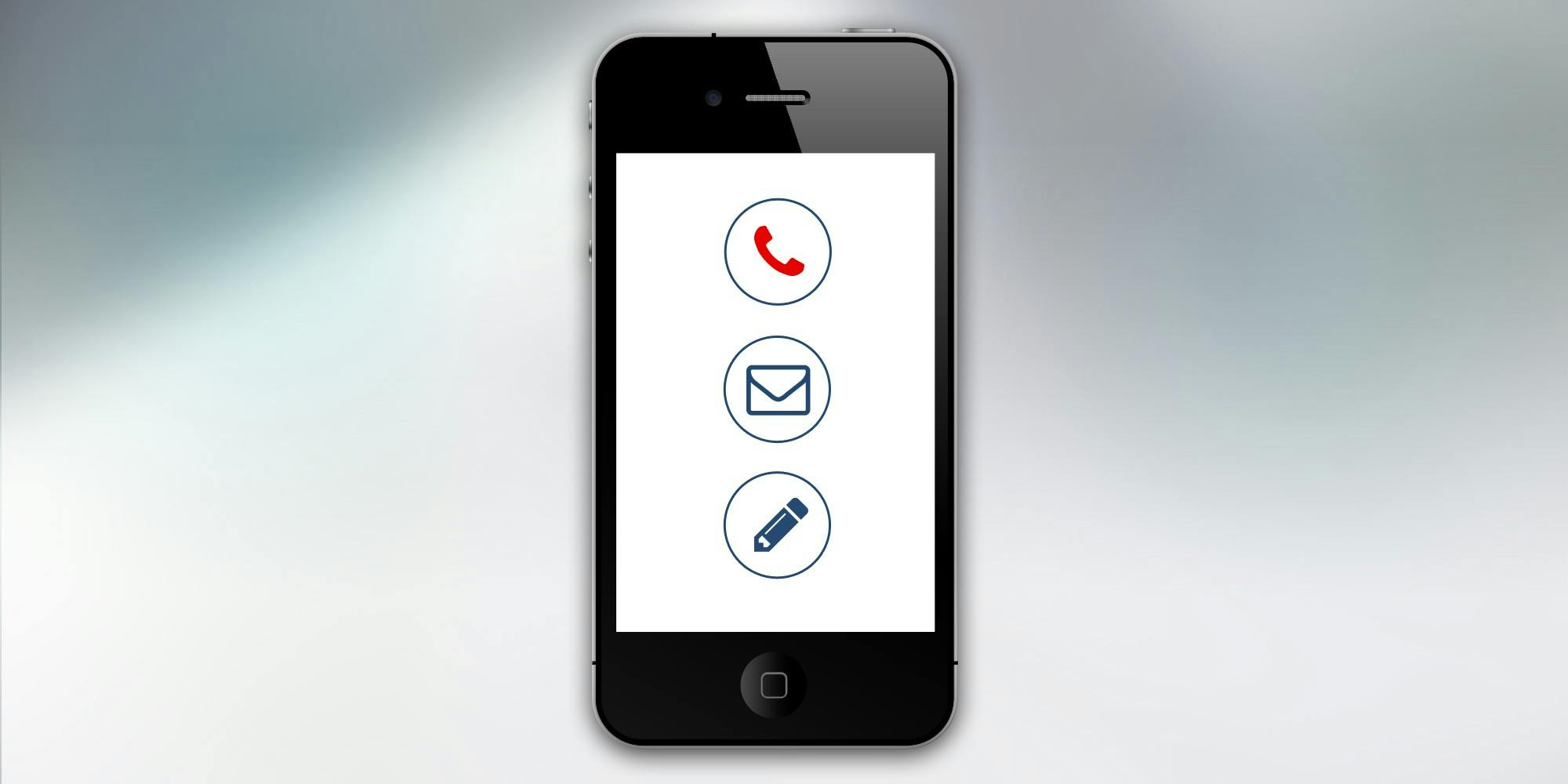When AI invents facts in an email, it doesn’t just look sloppy—it corrodes trust, damages deliverability, and exposes the brand to legal and reputational risk overnight. In 2025, even “reasoning” models can hallucinate with confidence, so prevention requires process, governance, and human oversight—not just better prompts.
What “hallucination” means
AI hallucinations are confidently wrong outputs—fabricated facts, sources, or claims—produced because generative models predict plausible words rather than verify truth, which becomes dangerous when pushed to customers’ inboxes at scale. Recent reporting shows hallucinations persist and can even increase with cutting‑edge models, making naïve automation a brand‑level risk in communications.
Why this is a brand risk
Trust costs: Research shows customer trust drops when brands over‑signal “AI‑powered,” especially when outputs feel impersonal or inaccurate, amplifying the fallout from a single bad email.
Compliance and legal exposure: Hallucinated claims, fake citations, or invented policy language can trigger regulatory, consumer protection, and advertising compliance issues.
Human impact: In lower‑trust environments, misinformation erodes institutional confidence and employee belief in leadership communications, compounding reputational harm internally and externally.

Ground emails with approved facts
Source of truth: Route all dynamic claims to a governed knowledge base or CMS with versioned facts, citations, and legal‑approved language blocks to constrain generation.
Retrieval‑augmented generation (RAG): Force models to cite from your repository and block generation if confidence or retrieval coverage is below thresholds, reducing free‑form fabrication.
Design prompts that reduce invention
Scoped instructions: Specify “only use provided sources; if unknown, output ‘insufficient data’,” which limits creative fill‑ins that look authoritative but are false.
Style without “expert cosplay”: Avoid prompts like “write as a legal expert,” which increases authoritative‑sounding fabrications and liability in customer emails.
Human-in-the-loop approvals for risk tiers
Tiering: Auto‑send low‑risk transactional emails; require human/legal review for any claims about pricing, performance, compliance, medical/financial advice, or competitive comparisons.
Reviewer checklists: Verify claims, links, metrics, dates, and regulatory statements; require source links for each non-evergreen statement in drafts.
Guardrails in the email stack
Pre‑send validation: Lint emails for unsupported claims, missing sources, or unapproved language; block deployment if confidence < defined threshold or facts aren’t in the source of truth.
Authentication and trust: Maintain DMARC, SPF, DKIM, and BIMI to protect brand identity and reduce phishing confusion that can magnify the impact of bad or spoofed messages.
Monitoring and rapid incident response
Post‑send listening: Track reply sentiment, complaint spikes, unusual unsubscribes, and domain reputation changes to catch AI‑related misfires quickly.
If a hallucination slips through, pause the workflow, send a corrected follow‑up with clarity and accountability, and update the knowledge base and prompts to prevent recurrence.
Culture and governance that make it stick
Ethical AI governance: Establish policies, training, and a cross‑functional body (marketing, legal, security, HR) to approve use cases and enforce oversight across content workflows.
Managerial habits: Regular feedback loops and recognition improve execution quality and vigilance in hybrid teams managing AI workflows under time pressure.
Reality over hype: Most AI failures stem from weak guardrails and change management, not the tech—treat AI as assistive with accountability, not autonomous with blind trust.
“Move fast, but with seatbelts: guardrails beat speed when the cost of failure is trust.”
Practical checklist for marketers
Use only approved claims and link every non‑evergreen statement to a source page in the CMS, or omit it.
Require the model to output “evidence lines” and URLs in a hidden block for reviewer verification before send.
Ban generated citations unless verified; never allow models to fabricate study names, dates, or outlets.
Track and review any email where the model filled gaps with assumptions; treat as a near‑miss and refine prompts and sources.
References
https://www.forbes.com/sites/quickerbettertech/2025/09/17/hallucinations-inaccuracies-misinformation-how-tech-companies-are-killing-ais-credibility/
https://www.forbes.com/sites/conormurray/2025/05/06/why-ai-hallucinations-are-worse-than-ever/

